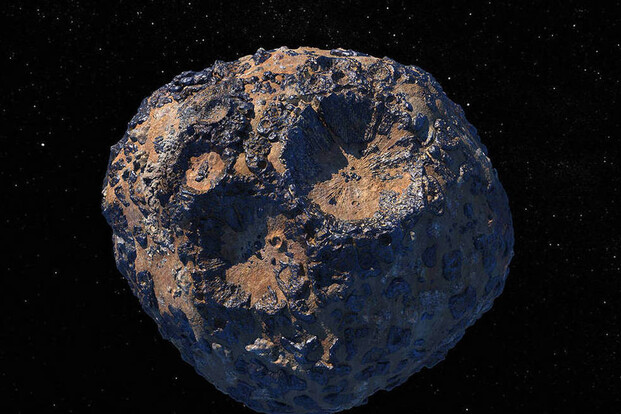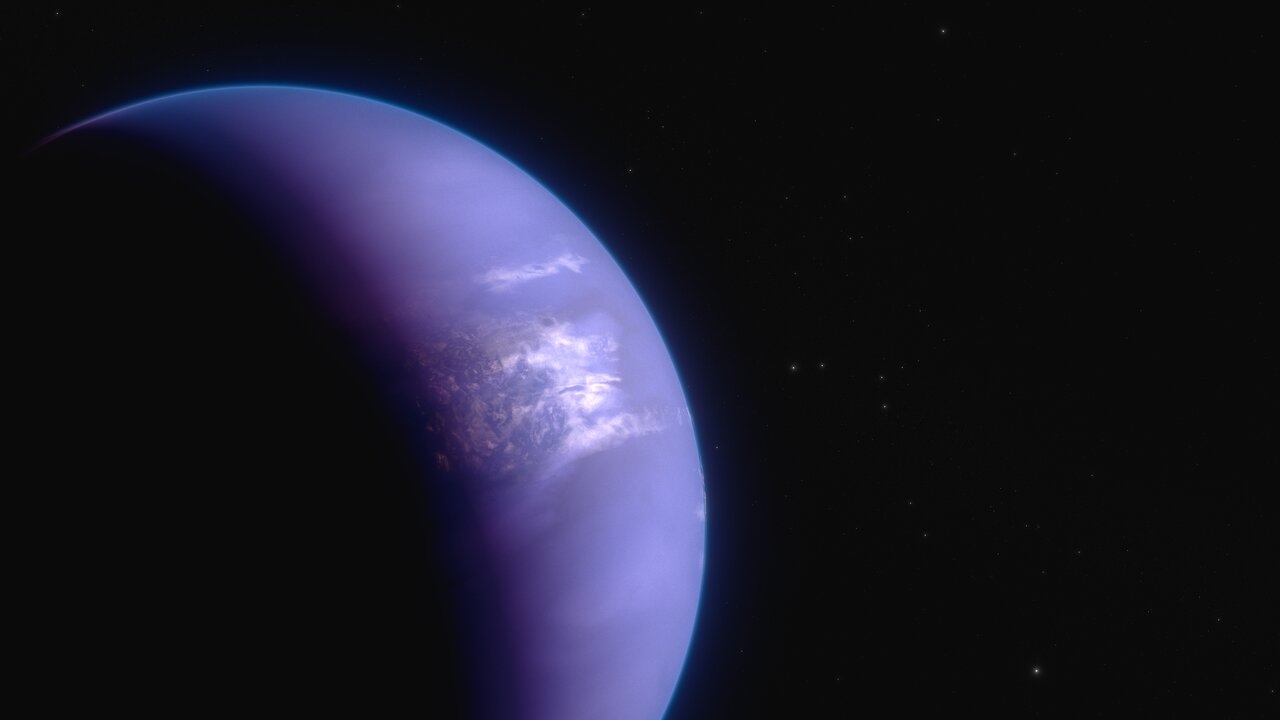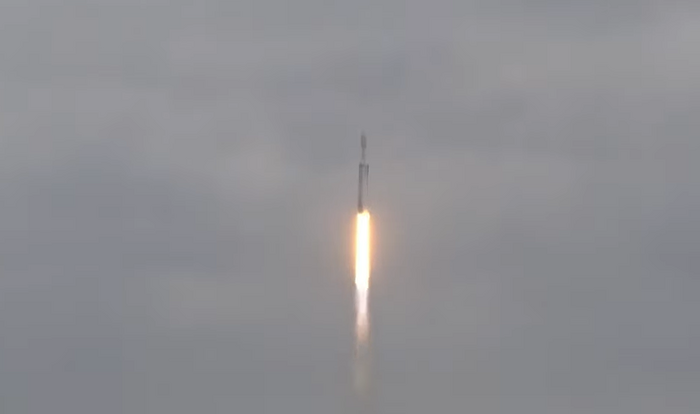NASA’s Psyche mission, designed to study, was launched A mineral-rich asteroid Which could be The now exposed ancient core of a primitive planetary bodyIt is useful to study them to understand how planets like Earth form.
After launching from Kennedy Space Center (Florida) on a SpaceX Falcon Heavy rocket, the probe will have to travel a distance of 3.6 billion kilometers to reach Asteroid 16 Psyche, in the range between Mars and Jupiter. The probe is expected to arrive in 2029. The probe will orbit the asteroid for 26 months to study its shape, geology, composition, magnetic field, and mass distribution.
An artist’s impression of the Psyche mission’s arrival at the metallic asteroid (Source: NASA/JPL-Caltech/ASU)
This celestial body, discovered by Italian astronomer Annibale de Gasparis in 1852 and named 16 Psyche, could be the exposed core of a young planet, or the primordial body of a failed planet. Studying it will be very useful for discovering more about the formation of rocky planets, such as Earth, and the origins of the solar system.
So far we know that Psyche is the heaviest known M-type (i.e. metallic) asteroid and resembles a 280-kilometre-wide potato spinning on its side. Through analysis of the light it reflects, it has been hypothesized to be unusually rich in minerals, although it is not possible to determine which ones with certainty. To trace its identity, three scientific instruments will be used: a magnetometer, to search for traces of an ancient magnetic field that could show how the asteroid formed from the core of a planetary body; gamma ray and neutron spectrometers to determine the chemical elements that make up the asteroid; Finally, an instrument that takes images at different wavelengths, to collect information about the mineral composition and topography of Psyche. Instead, gravity will be studied by analyzing radio waves used for communications, in order to determine how the asteroid will affect the probe’s orbit. This information will help determine the asteroid’s rotation, mass and gravitational field, providing further insights into its composition and internal structure.
If the results indicate that the asteroid is leftover material from the core of a planetary element, this will help researchers understand how rocky planets form. If Psyche is not an exposed core as has been assumed so far, it could represent a type of primitive solar system organism never seen before.

Artist’s impression of asteroid 16 Psyche (Source: NASA/JPL-CALTECH/ASU)
The launch was initially scheduled for October 5, but was postponed to October 12 due to technical problems and then from October 12 to 13 due to bad weather. We learn this from the mission blog. The latest forecast indicates weather conditions are 85% favourable.
Expectations for this mission are high, especially after the euphoria sparked by NASA’s first discoveries of the presence of water and carbon in samples of the asteroid Bennu returned to Earth by the Osiris-Rex mission.
Reproduction © Copyright ANSA

“Internet trailblazer. Travelaholic. Passionate social media evangelist. Tv advocate.”







More Stories
Exoplanet WASP-43 b: New details thanks to the James Webb Space Telescope
Registration is now open for our basic online astronomy course, Understanding the Universe
In space, the Italian Vega-C launcher will put the ESA SMILE mission into orbit